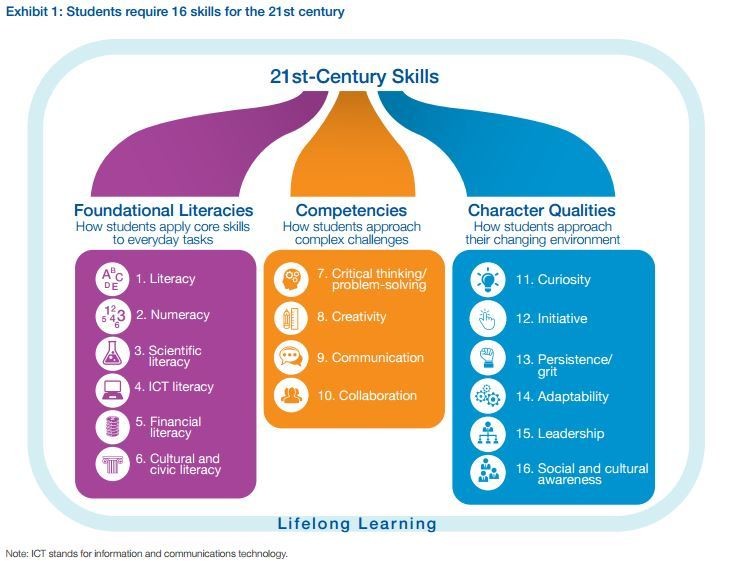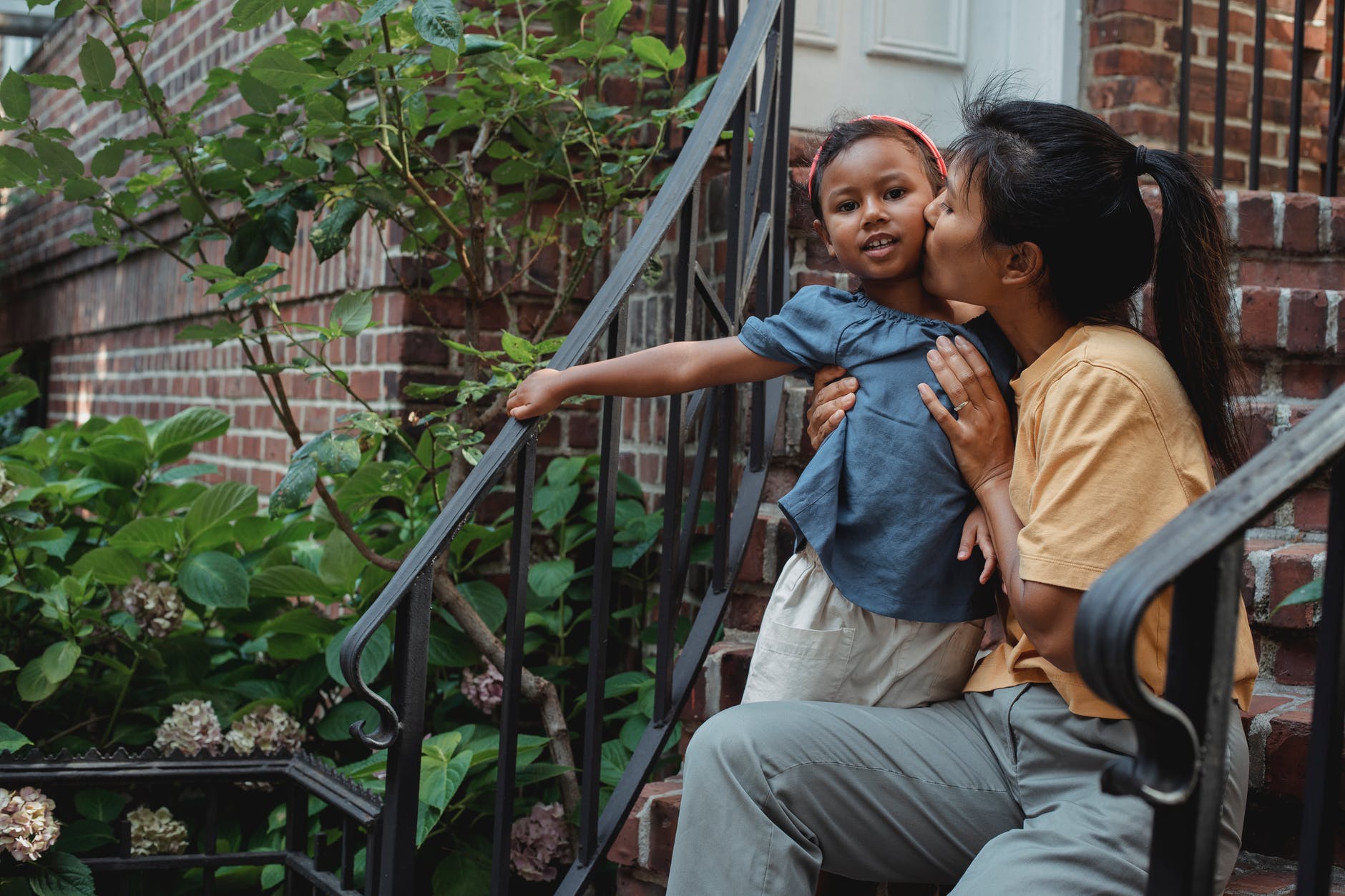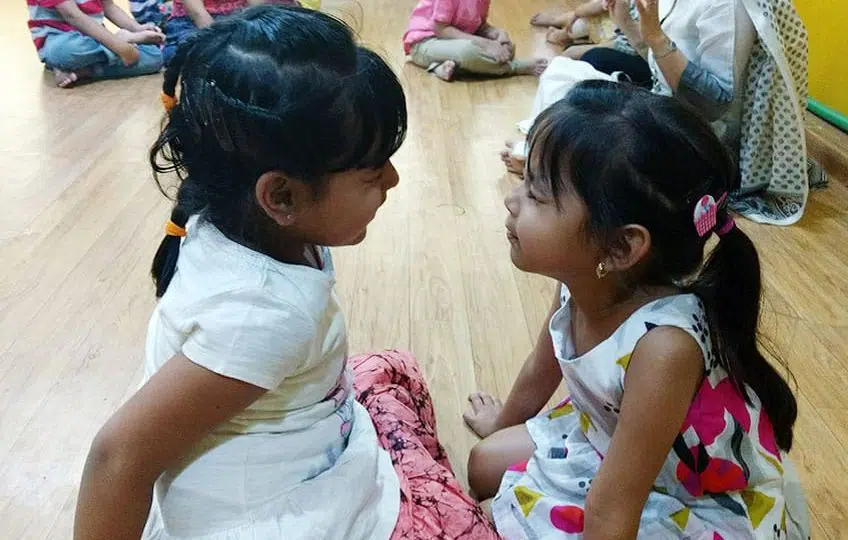Welcome to the new age! The age where Social Emotional Learning is essential for your child.
This is the 21st century. Things are changing at a rapid pace. This whirlwind change has swept us into a completely new era where everyone is constantly engaged in technology. Attention spans are fast reducing, priorities are fast-changing, social engagement has a new definition. This is the era of instant gratification. In times such as these, it isn’t hard to find oneself in a tizzy. Nervous breakdowns, bad relationships, lack of patience are a few downsides of being a part of this new age world. In times such as these soul searching has become a dying need. Who are we really? Do we really have the answer to that?
What is Social-Emotional Learning?
How am I feeling right now? Just now? At this moment? Can you pause and reflect? Can you name anyone emotion that you are experiencing, or is heightened? Is this a positive emotion or a negative one?
Do this exercise, first, with yourself, and then with your children. Remember, do not be too hard on yourself or your child. Do this, first, for self-awareness and, later, for deep reflection. The moment you manage developing self-awareness, you will be a step closer to understanding and fostering Social-Emotional Learning (SEL).
SEL essentially is the process of developing self-awareness, self-control, and interpersonal skills. All these are vital for not just success but existence, and not just at school or home but everywhere.
According to a World Economic Forum, children need to be equipped with Social and Emotional skills to be able to thrive in the workplace of the future. What is SEL, you might ask?
Social-Emotional Learning (SEL) are skills that are outside core learnings such as writing and arithmetic.
In short Social Emotional Learning (SEL) is:
- Recognising emotions in oneself and others
- Managing strong emotions
- Having empathy for others
- Controlling impulses
- Communicating clearly and assertively
- Maintaining cooperative relationships
- Making responsible decisions
- Solving problems effectively
Of the 16 skills identified as needful 21st century skills, 12 are Social Emotional Skills

You may further want to read this article by the World Economic Forum: What are the 21st Century Skills every child requires?
What is the Need for Social-Emotional Learning?
We are constantly surrounded by information. Everyone and everything around us is feeding us with something. Whether it is the internet, television, our mobile phones, or simply a billboard advertisement. In this fast-paced world, the one thing that we need a reminder for is to breathe. Whoever had thought that 2020 will jolt the world out of this stupor? Whoever had thought that the world in its entirety would battle the same thing, together? But, it is usually unthinkable that happens and sweeps us off our feet. Yes, 2020 had that effect on us. And for a moment, the world slowed down. But, why wait for a global pandemic to tell us to slow down? Why not always be aware of ourselves? Why not always be ready to deal with the emotions we are experiencing, positive or negative? In order to solve problems, is it crucial, more than ever, to manage our emotions and set a strong foundation for SEL? Social-Emotional Learning (SEL) strengthens us as individuals and as communities, especially during uncertain times.
Parents: How to Develop Social-Emotional Skills at Home

Parents are always role models for their children. In their early years, children imitate the behaviour of the adults around them. As they grow older, they absorb, from their environment, how the adults around them navigate stresses, anxieties, and challenges.
Just as we work hard and acquire skills like solving Mathematical problems, reading, writing and comprehension or day to day skills like tying shoe laces, cooking food, or even more complicated activities like driving a car, learning a computer language, a foreign language etc…it is essential to identify, express and manage our emotions.
As parents, it is important to focus on all of the above, yes, but also on developing Social-Emotional skills of your children.
Activities to Develop Social-Emotional Skills in Children:
- Take kindness seriously: Feel and show empathy for others
- Show them that life is much more than academic grades because social-emotional skills and academic performance rely on each other
- Listen to your child: Turn off your devices at a point in the day and truly listen to your child.
- Communicate freely: Help them express and name their feelings and emotions and do the same about your feelings and emotions too. Trust your children and befriend them. If you are scared, tell them you are. If you are happy, share the joy with them.
- Solve problems and exhibit inventive thinking: If you buckle under pressure, you will pass on the stress to your children too. How about seeking their help and solving problems together? Make sure you always seek and care for their opinions
- Read and share stories: Read picture books with your child. Develop a reading culture at home and discuss character sketches and evolution.
- Practise mindfulness: Be in the present moment, exhibit it and encourage your children to follow suit.
Teachers: How to Develop Social-Emotional Skill in the Classroom

- Mindfulness and Breathing: Encourage your students to always watch their breaths, especially at the beginning and end of lessons.
- Roleplay and drama: This is a fantastic way to learn about others’ emotions and perspectives. Create situations where students enact a famous personality or simply an imagined situation. The imperative question to answer is – What would they do if they were in this situation.
- Assign roles in the class: Pick a child who works as a ‘calmer’. So whenever they identify an outburst around them, it’s their job to offer a perspective to calm down their classmates. They may also use a ‘calming cushion’ or a ‘teddy buddy’ that may be used as a comforter when there is an outburst.
- Engage in creative activities: Colouring, painting and free art are amazing ways to help children express their emotions. Encourage them to pick up art supplies and express themselves. Don’t push them to copy a picture/drawing straight lines/colouring within margins. Let this be a free expression of art.
- Feelings Box: Keep a box that is full of slips that say wonderful things. You may take help from children to make these slips. Whenever someone is having a bad day, encourage them to head over to the feelings box and pick a slip of paper. Sometimes all you need is a positive word to perk you up.
- My emotions: Encourage your students to identify their emotions and write them down in their notebooks. Just like they write the date and lesson title at the beginning of a lesson, encourage them to mention the emotion they are feeling at that point in time. Let this be a daily practice.
How Nutspace helps develop 21st Century Skills and in turn encourage SEL?
Nutspace uses stories as the core element to trigger inventive thinking
- Each lesson has a special focus around which revolves the story and activities. We use activities to make learning more fun and permanent, also group activities such as making a story together promote team play, working in collaboration and coordination, and develop problem-solving skills.
- Fun games and exercises encourage curiosity while at the same time build excitement about learning in the participants. Breathing exercises and yoga help improve concentration.
- Story and character analysis is a major part of a lesson; developing critical thinking by means of studying character perspectives, point of views, discussing alternate endings and scene descriptions. These exercises help in sensitising participants to different people, different situations, to look beyond the surface and dig deeper while also makes them socially conscious citizens.
- Roleplay adds the dimension of drama, using imagination and creativity to bring alive a scene. Again role play activities are essential in absorbing the essence of the story/theme, it makes getting into the skin of character a deeper and enriching experience.
- Each lesson also comprises of an art and craft activity for boosting creativity. This also becomes an accomplishment that they can take home.

